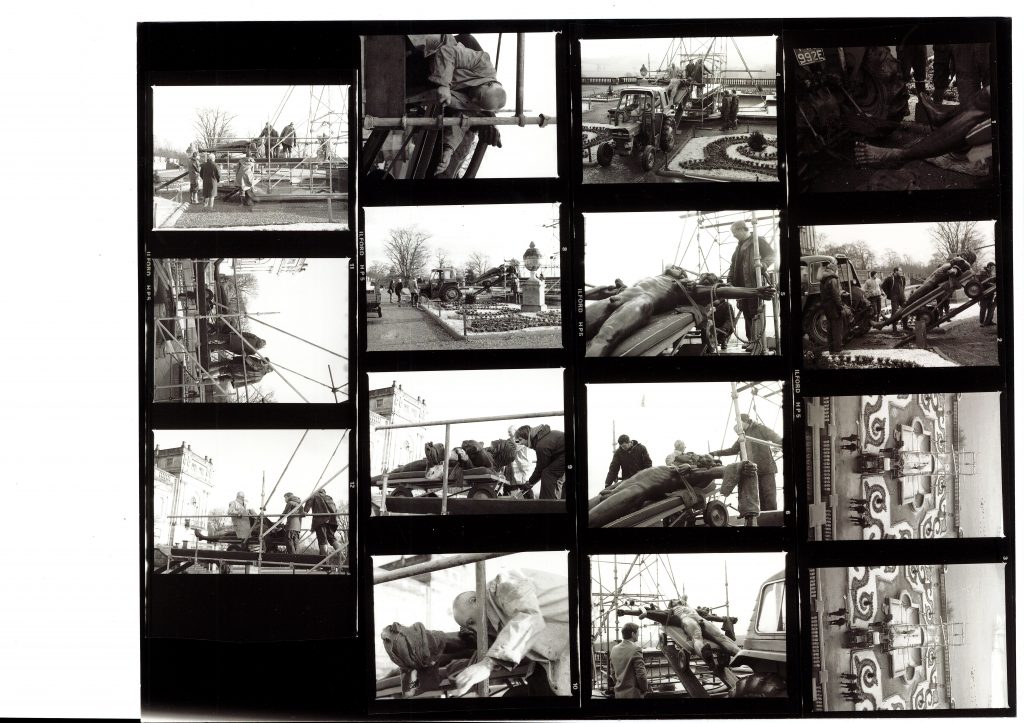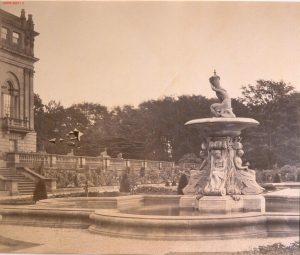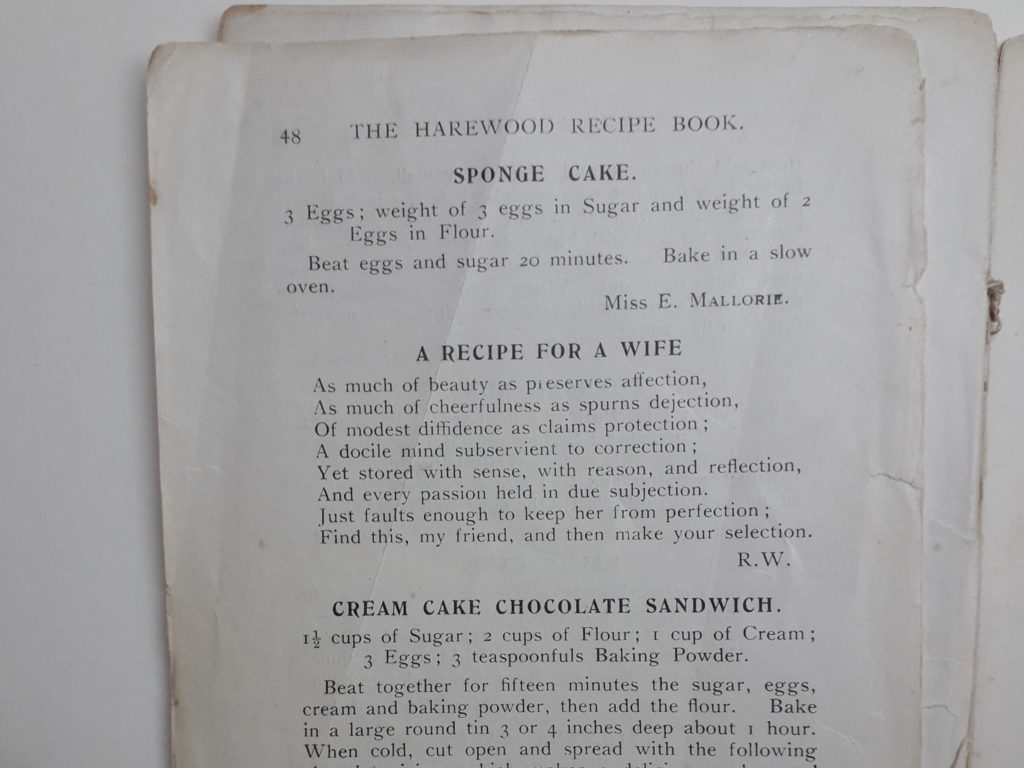 As May is Share-a-Story month, here’s a story about one of the most photographed sculptures at Harewood, Orpheus, the magnificent bronze sculpture by German-born British artist Astrid Zydower, installed on the Terrace at Harewood in 1985.
As May is Share-a-Story month, here’s a story about one of the most photographed sculptures at Harewood, Orpheus, the magnificent bronze sculpture by German-born British artist Astrid Zydower, installed on the Terrace at Harewood in 1985.
Inspired by the figure from classical mythology, his story is one of both enchantment and tragedy.
According to legend, Orpheus was the son of Calliope, the muse of epic poetry. He perfected the art of music, taught how to play the lyre by Apollo and known for his love for his wife Eurydice and his journey to the underworld to rescue her from death. He is said to have used his musical prowess to persuade Hades to release Eurydice, granted only on the condition that Orpheus walk out of the underworld without looking back. Emerging from the kingdom of the dead, Orpheus turned back to check on his wife, only to see Eurydice vanish before him.
Today, Orpheus stands on the former site of a large Victorian fountain installed by the architect Sir Charles Barry as part of the original design of the Terrace. The fountain was lost in 1976 due to frost damage, and it was up to the 7th Earl and Countess to decide how to replace it:
“When our Victorian fountain fell down, literally overnight, we thought at once of Astrid and spent many hours discussing with her and with Dicky [Richard Buckle] what we should put in its place. We wanted a musical subject, we thought, but it was not easy to think of the right one…we saw her maquette for the figure she was making for Lincoln Kirstein and realised that this was exactly right. We wrote to Lincoln to ask his permission and received an enthusiastic “Yes!”.
On 14 May 1985 Orpheus took his place on the Terrace at Harewood where he was unveiled by actress and friend of the 7th Earl and Countess of Harewood, Penelope Keith.
Harewood’s Orpheus plays homage to his character’s musical talents, seen with a tamed leopard resting on his outstretched arms. Rather poetically, Orpheus also looks out onto a landscape designed by ‘Capability’ Brown, who literally moved rocks, rivers and trees to create it. 
Today, Orpheus provides an impressive focal point for visitors who enjoy the stunning vista from the Library in the House across the Terrace. He is not only a reflection of the personal interests and musical knowledge and skill of the 7th Earl and Countess – a sophisticated statement about the individuals who once lived here – but also a 20th century nod towards the neo-classical decoration that adorns much of the House, where the pantheon of Greco-Roman gods and goddesses oversee everything.
Stay connected with Harewood on @HarewoodHouse on Instagram and Facebook.



